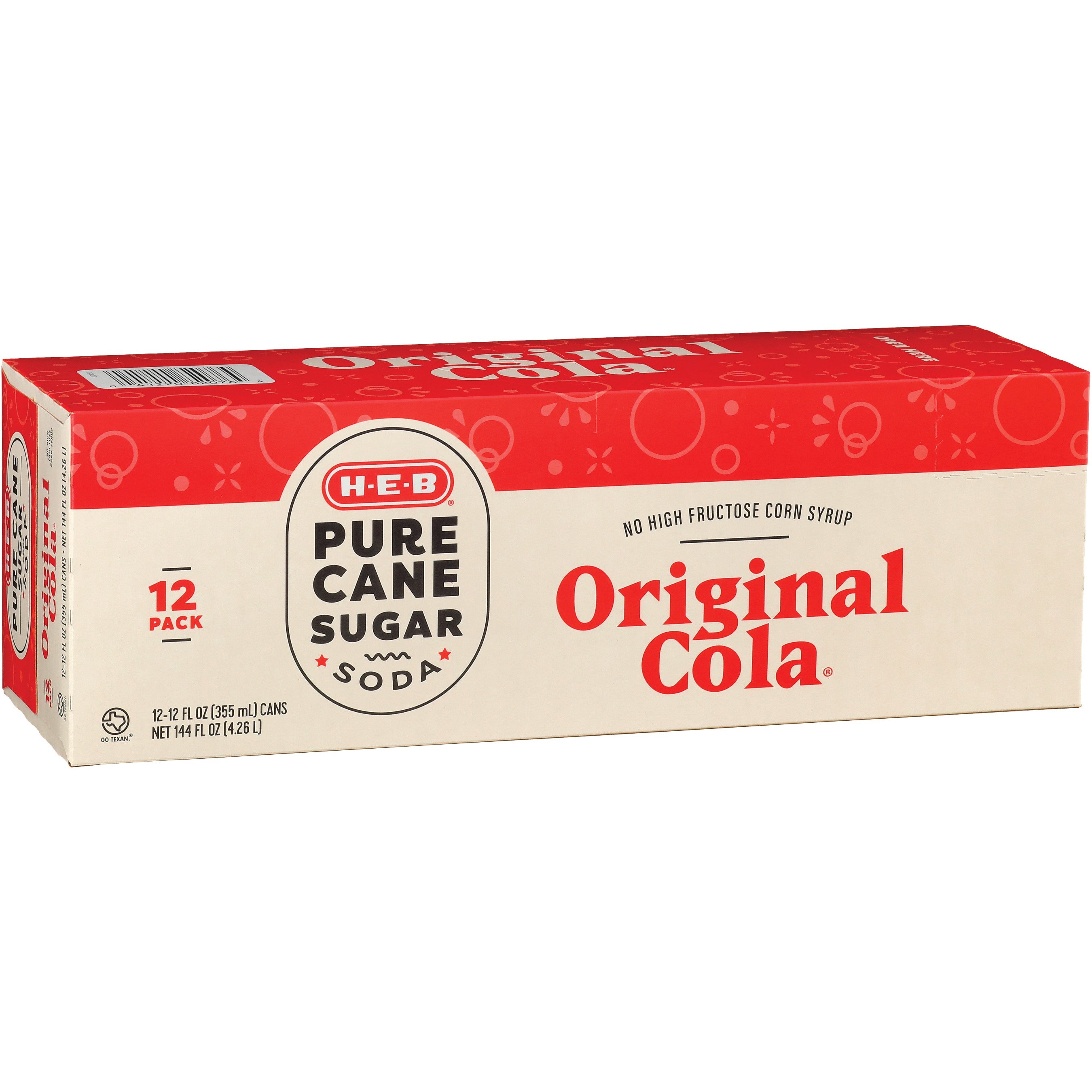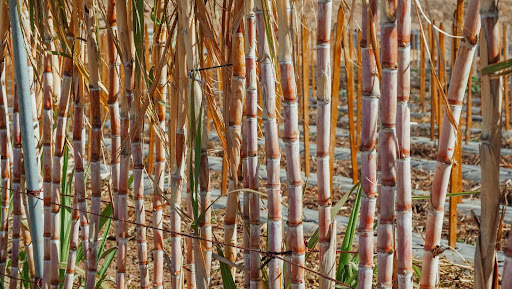A Comprehensive Guide to the Environmental Influence and Sustainability Practices in Walking Stick Sugar Handling
The ecological influence of walking cane sugar handling offers a complicated range of challenges that warrant mindful examination. From dirt deterioration and extreme water usage to the carbon footprint connected with farming and manufacturing, the repercussions of conventional methods are far-ranging. On the other hand, the fostering of innovative sustainability measures provides a path toward extra liable production approaches. Comprehending the interplay between these problems is crucial for stakeholders in the industry. What details techniques can be carried out to strike an equilibrium in between performance and ecological stewardship? The solutions lie in a better take a look at both the challenges and prospective remedies.
Overview of Walking Cane Sugar Processing
Walking cane sugar handling entails a series of systematic steps that change sugarcane right into polished sugar. Initially, harvested sugarcane is transferred to refining centers, where it undergoes cleansing to remove dirt and debris. Following this, the walking stick is squashed to remove juice, which is then cleared up by getting rid of contaminations through home heating and the enhancement of lime.
The clarified juice undergoes dissipation, where water is removed to focus the sugar material. This concentrated syrup is after that taken shape via cooling, permitting sugar crystals to develop. These crystals are separated from the continuing to be syrup utilizing centrifugation, causing raw sugar. To attain refined sugar, the raw item goes through further filtration procedures, which might include filtering and cleaning to remove remaining contaminations and shade.
The last product is then dried and packaged for distribution. Throughout this whole process, preserving efficiency and quality assurance is essential to guarantee the sugar fulfills sector standards. Each action in cane sugar processing not just adds to the end product but also has implications for source use and waste generation, setting the stage for conversations on sustainability and ecological impacts connected with sugar production.
Environmental Challenges of Manufacturing
The production of cane sugar presents numerous considerable ecological challenges that warrant attention. One main worry is the comprehensive usage of agrochemicals, including fertilizers and chemicals, which can lead to soil destruction, biodiversity loss, and contamination of local water resources. The drainage from sugarcane areas usually lugs these chemicals into neighboring environments, disrupting marine life and affecting the health and wellness of neighborhoods reliant on these water bodies.
An additional challenge is the high power consumption related to sugarcane handling. The boiling and refining phases require considerable heat, mainly produced by shedding fossil gas, adding to greenhouse gas exhausts. In addition, the expansive land area needed for sugarcane cultivation can bring about deforestation and environment damage, additional worsening climate adjustment and threatening wildlife.
Additionally, the labor methods in some areas increase honest worries, as employees might face bad working conditions and poor wages. This situation typically continues a cycle of hardship in regional neighborhoods. Cane Sugar Processing. Attending to these ecological obstacles is essential for establishing a lot more lasting techniques in walking cane sugar production, inevitably profiting both the atmosphere and the communities associated with this sector
Water and Land Use Influence
Water sources and land use are crucial elements in the walking stick sugar industry that significantly impact the atmosphere. The cultivation of sugarcane needs significant water input, with estimates suggesting that it can eat approximately 2,000 liters of water per kilo of sugar generated. This intensive use of water frequently leads to depletion of regional water resources, affecting not just the sugarcane ranches yet also surrounding environments and communities that depend on the same water resources for agriculture and residential usage.

Furthermore, land usage for sugarcane cultivation can bring about logging have a peek at this site and the conversion of natural environments right into monoculture plantations. This method reduces biodiversity, interrupts local environments, and adds to soil degradation. The growth of sugarcane fields frequently intrudes on useful agricultural land, creating competition for resources between food and biofuel manufacturing.
Lasting methods, such as enhancing watering techniques and applying crop turning, are important to alleviate these influences. By taking on a lot more effective water use and land monitoring approaches, the cane sugar industry click here to read can minimize its eco-friendly impact, making certain a balance in between agricultural efficiency and environmental conservation.
Greenhouse Gas Emissions
Greenhouse gas exhausts stand for a considerable ecological problem within the walking stick sugar handling industry, especially as agricultural methods broaden to satisfy global demand. The farming of sugarcane, a crop that thrives in exotic climates, counts heavily on artificial fertilizers and pesticides, which contribute to laughing gas emissions. In addition, land-use changes, consisting of deforestation for brand-new sugarcane ranches, launch co2 kept in plant life and dirt.
During processing, energy usage is another major resource of greenhouse gas exhausts - Cane Sugar Processing. Many sugar mills make use of fossil gas to power machinery and generate warm, causing considerable carbon footprints. In addition, the transport of raw sugarcane and completed items adds layers of discharges with gas combustion in vehicles
This involves examining present farming practices, processing methods, and transport systems to determine areas for enhancement and reduction. Dealing with greenhouse gas exhausts is vital for fostering an extra sustainable cane sugar market in an altering climate.

Sustainable Practices and Innovations
Lasting methods and technologies are increasingly important in the walking cane sugar handling market as stakeholders seek to minimize ecological impacts while keeping efficiency. One substantial improvement is the execution of integrated crop monitoring, which enhances source usage by integrating soil management, bug control, and crop turning techniques. This technique enhances yield while minimizing chemical inputs right here and preserving soil health and wellness.
Furthermore, the fostering of renewable resource sources, such as biomass from sugarcane deposits, has actually gained traction - Cane Sugar Processing. By transforming waste items into energy, refining centers can decrease their dependence on nonrenewable fuel sources, therefore lowering greenhouse gas discharges
Water administration techniques have also seen enhancements with the recycling and reusing of water in handling plants, significantly decreasing freshwater consumption. Developments in innovation, such as accuracy agriculture, allow farmers to keep track of plant health and resource use a lot more efficiently, ensuring lasting cultivation practices.
Moreover, accreditation programs like Fair Trade and Rainforest Partnership encourage eco liable farming practices and promote social equity within the supply chain. By embracing these sustainable practices and technologies, the walking stick sugar handling industry can improve its strength and add positively to environmental stewardship.
Final Thought
The ecological influence of cane sugar processing presents substantial obstacles, including dirt destruction, high water consumption, and greenhouse gas discharges, along with honest problems connected to labor methods. Resolving these problems via sustainable techniques, such as integrated plant monitoring, renewable energy adoption, and water recycling, is important. By promoting socially fair and eco responsible approaches in sugar manufacturing, the market can minimize its adverse results, guaranteeing a much more lasting future for both ecological communities and communities involved in this field.
Walking stick sugar processing involves a collection of organized steps that transform sugarcane into refined sugar. Each action in walking stick sugar handling not only contributes to the final item yet likewise has ramifications for resource usage and waste generation, establishing the phase for discussions on sustainability and environmental influences associated with sugar production.
Greenhouse gas emissions stand for a substantial ecological worry within the walking cane sugar processing sector, specifically as farming techniques increase to fulfill international need.Sustainable practices and technologies are increasingly crucial in the cane sugar processing sector as stakeholders look for to reduce environmental influences while keeping performance.The ecological influence of cane sugar processing provides significant obstacles, including soil deterioration, high water usage, and greenhouse gas discharges, along with moral issues associated to labor practices.